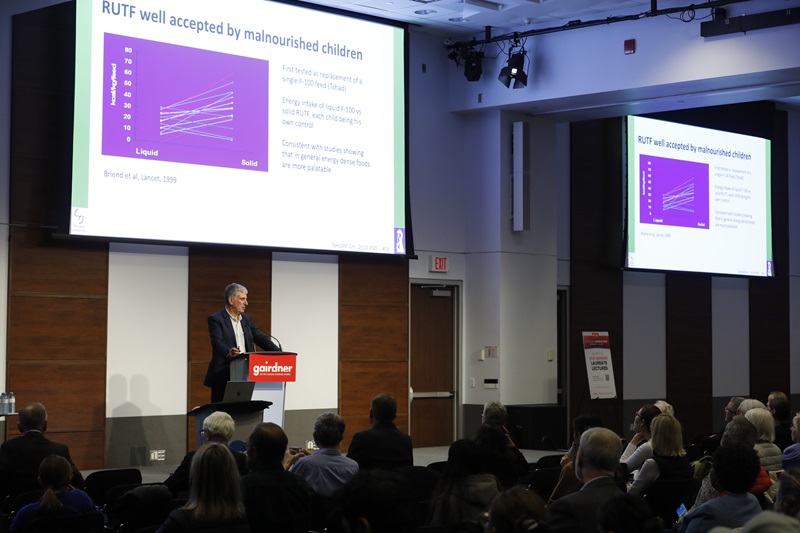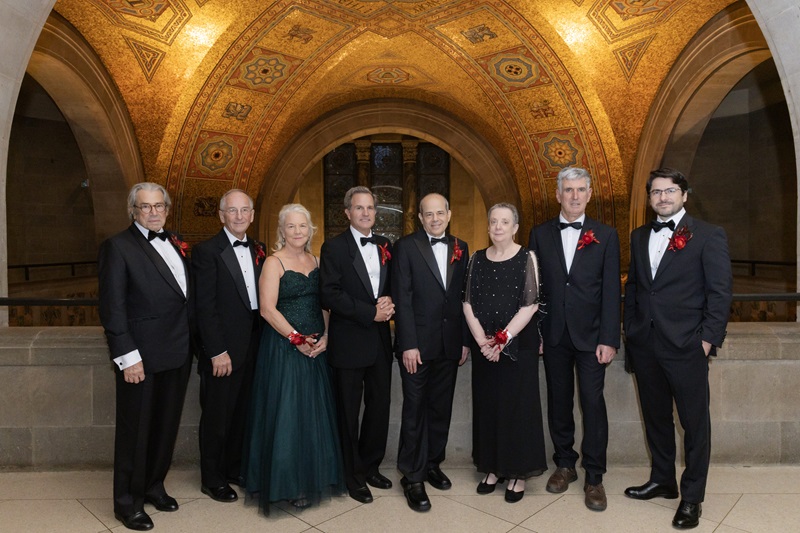Iva Greenwald

Dr. Iva Greenwald received her B.S. from Cornell in 1977, her Ph.D. from MIT in 1982, and conducted postdoctoral research at the MRC Laboratory of Molecular Biology from 1983-1986. She then joined the faculty of Princeton University (1986-1993) and moved to the Dept. of Biochemistry and Molecular Biophysics on the medical campus of Columbia University in 1993. Since 2016, Dr. Greenwald has had a primary appointment in the Dept. of Biological Sciences on the Morningside campus of Columbia. Her honors include election to the National Academy of Sciences (USA) in 2005.
Dr. Greenwald's work on the conserved LIN-12/Notch signaling system falls into two partially overlapping phases. In the first phase, she identified and elucidated the fundamental properties of the system, including (i) its role as a binary switch for regulating alternative cell fate decisions, (ii) its sequence as a transmembrane protein and its function in signal-reception, (iii) its archetypal role and mode of action in the feedback amplification of intercellular signals, (iv) the discovery of the intramembrane protease Presenilin as a core component of the Notch signaling system, and characterization of other core components, and (v) together with Dr. Gary Struhl, the novel “cleavage and nuclear import” mechanism of signal transduction and for Presenilin in executing the transmembrane cleavage event. In the second phase, she focused on identifying (i) new regulators of LIN-12/Notch activity, trafficking and stability, such as the tumor suppressor SEL-10/FBXW7, (ii) target genes and genetic circuitry, and (iii) how LIN-12/Notch and other signals are integrated during development.
The Work:
Notch signaling is a fundamental cellular communication pathway that plays a crucial role in regulating many different biological processes, including cell differentiation. Drs. Spyros Artavanis-Tsakonas, Iva Greenwald and Gary Struhl are awarded for establishing our foundational understanding of Notch signaling, defining how this pathway works at the molecular level and how it influences cell fate, development, and tissue patterning.
Notch was first identified over 100 years ago as a mutation that causes notches in the wings of fruit flies (Drosophila). Over time it became clear that Notch defines an evolutionarily conserved gene network involved in diverse aspects of development in many different species including mammals. Pioneering genetic and molecular work by Dr. Artavanis-Tsakonas led to the cloning of the Drosophila Notch gene and other components of the pathway. Notch turned out to be a membrane-bound receptor defining the central element of a cell signalling pathway that interacted with another membrane-bound molecule on adjacent cells, leading to intracellular signaling and changes in cell fate. Dr. Greenwald discovered and cloned the Notch gene LIN-12 in nematodes (C. elegans), elucidated its fundamental role in cell fate specification, and identified many core components of the pathway, including the intramembrane protease Presenilin implicated in Alzheimer's Disease. Drs. Greenwald and Struhl together proposed that Notch functions as a membrane-tethered transcription factor that is cleaved to release the cytosolic domain, which enters the nucleus to control gene expression. Dr. Struhl then pioneered the use of chimeric proteins to validate the cleavage model and demonstrate that Notch is activated in response to mechanical force exerted by ligands.
The Impact:
Drs. Artavanis-Tsakonas, Greenwald and Struhl’s findings have had far-reaching implications for both basic science and medicine, particularly in identifying the role of Notch signaling in diseases such as cancer and developmental disorders, and shared components with neurodegenerative diseases like Alzheimer's.




24d51815-2494-4f8a-b8f0-dc824e0d99cc.tmb-cfthumb_fb.jpg?Culture=en&sfvrsn=723f4ba6_1)

.tmb-cfthumb_fb.jpg?Culture=en&sfvrsn=72bc0e8_1)




3525a8b6-b65a-4e24-a7f6-158e625c18ab.tmb-cfthumb_fb.jpg?Culture=en&sfvrsn=63e08bc9_1)
